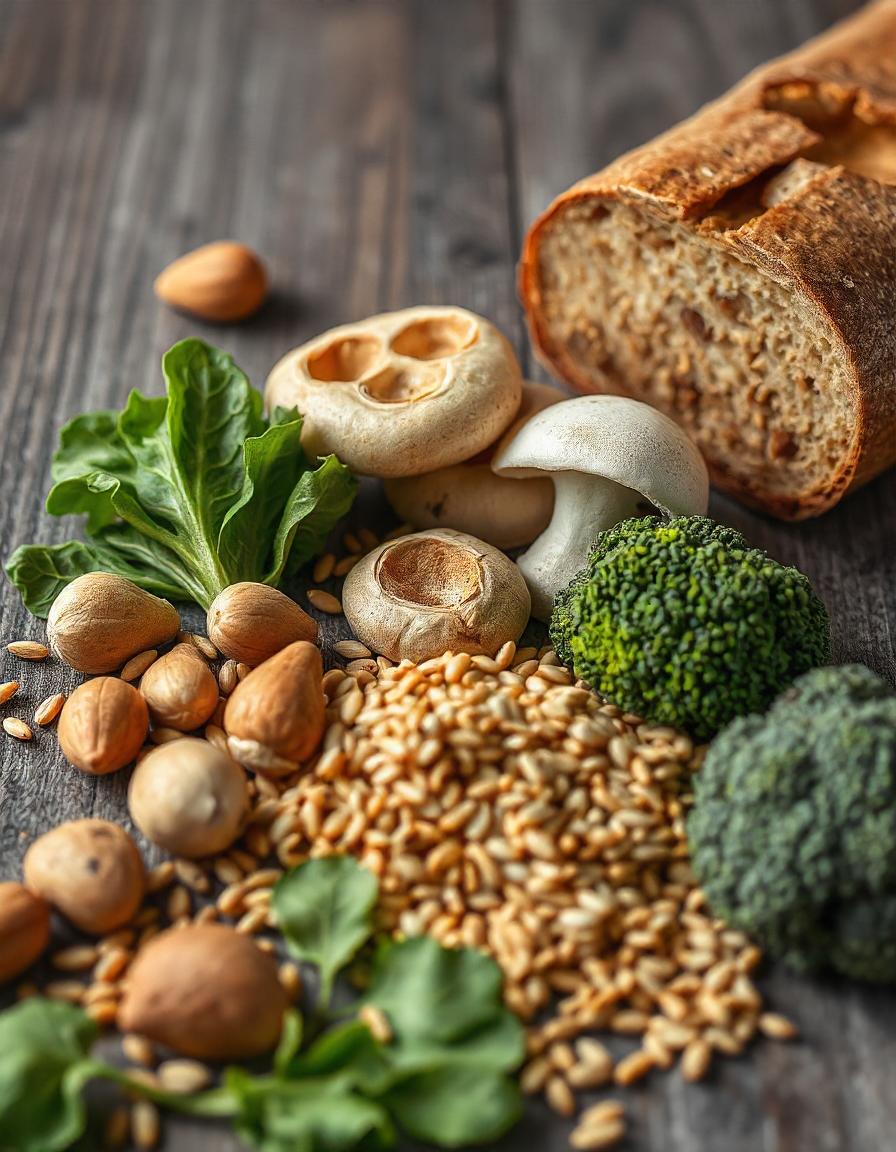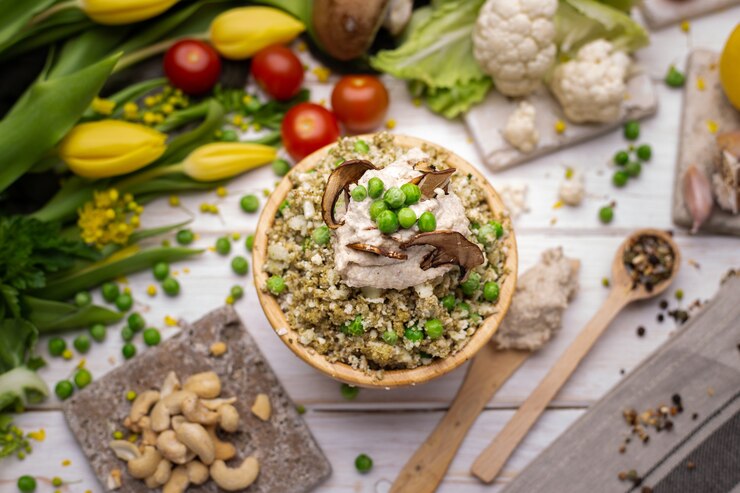Selenium-Rich Foods for Vegetarians: Best Guide in 2025
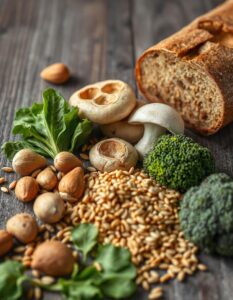
Of all the minor elements in your system, selenium falls within the category of highly soluble aspects within your body system. Selenium-rich foods increase your metabolic rate, strengthen your immune system, and have several advantages for skin and hair health. But sometimes identifying the correct vegetarian food, especially those containing selenium, is not easy. Well! There is good news for you! Here you will find information on selenium-containing vegetarian foods, their importance to your meal plan, and how to incorporate them.
Why Selenium Is Important for Your Health?
It is not like it gets the focus that we give to iron or calcium; for example, all these minerals are necessary, and among them is selenium. Here’s why selenium matters:
Fights Free Radicals: Selenium is also an antioxidant that helps to protect most cells in the human body from free radical-mediated destruction.
Supports Thyroid Health: It helps to produce hormones in your thyroid gland that help in controlling the body’s metabolism.
Strengthens Immunity: This selenium enhances your body’s immunity system hence diseases will not come your way easily.
Promotes Heart Health: It has a purpose in the treatment of inflammation and maintaining the health of the human cardiovascular system. Improves Skin and Hair: Selenium also has another particular function in maintaining skin tone and also assists in supporting the hair follicles.
Quick review
| Health Benefit | Selenium’s Role | Top Vegetarian Sources | Problems Due to Deficiency |
| Fights free radicals | Acts as an antioxidant to protect cells | Brazil nuts, chia seeds | Increased risk of cellular damage and chronic diseases. |
| Supports thyroid health | Helps produce thyroid hormones | Mushrooms, spinach | Thyroid dysfunction, slower metabolism, and fatigue. |
| Strengthens immunity | Boosts immune cell activity | Sunflower seeds, broccoli | Weakened immunity and increased susceptibility to infections. |
| Promotes heart health | Reduces inflammation and supports circulation | Brown rice, whole wheat bread | Higher risk of cardiovascular problems and chronic inflammation. |
Recommended Amounts of Selenium
The selenium Recommended Dietary Allowance (RDA) for persons in adult life is 55 micrograms per day. Pregnant and breastfeeding women should take more than about 60-70 micrograms.
Top 10 Selenium-Rich Foods for Vegetarians
The thing with selenium is that if you are concerned with where you can get it in a vegetarian diet, then you don’t have to. Here are the best plant-based sources of selenium:
1. Brazil Nuts
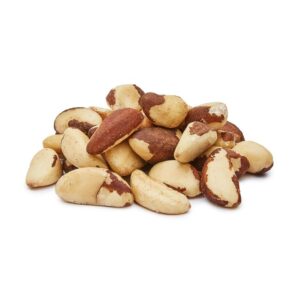
And all along, if there is one food deserving the epithet selenium superstar, it is the Brazil nut. A single serving of nuts is enough to give you well above your selenium needs.
Selenium Content: 96 mcg per nut (174% of RDI)
How to Use: Eat them raw, use them in making juices or raw with your smoothies, or chop them into salads.
2. Sunflower Seeds
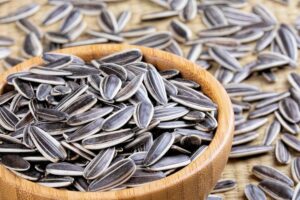
In particular, seeds of sunflower, it is known not only for their high content of selenium but also for vitamin E and fatty P. They are perfect for use in your foods as snacks, toppings, and in other diets.
Selenium Content: 19 mcg for every 100 grams (34 percent RDI) How to Use: These can be added to oatmeal, salads, or baked goods.
3. Brown Rice
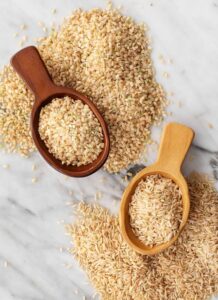
The selenium content is present in its natural form in foods such as whole grains, including brown rice in its vegetarian form. On the other hand, they also contain a rich fiber content, which is very useful in one’s diet.
Selenium Content: 15 mcg per cup (27% of RDI)
How to Use: Replace white rice with brown rice in stir-fried foods or casseroles, for instance.
4. Lentils
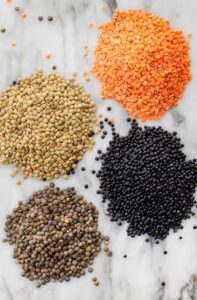
This pulse is exceptionally rich in protein, fiber, and selenium, which is why they are a common feature in vegetable diets.
Selenium Content: 6 mcg per cup (11% of RDI)
How to Use: You can make them into gul Myanmar, lentil soups, a stew, or curry for a wholesome meal.
5. Chia Seeds
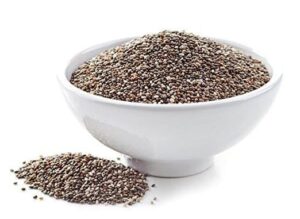
These small seeds are a powerhouse of nutrients—and the ‘nutrient’ selenium is not lacking in them either.
Selenium Content: For Vitamin K, this is at 6 mcg per 100 grams, which is 11% of RDI.
How to Use: Sprinkle chia seeds over puddings, smoothies, or even dishes served for breakfast.
6. Broccoli
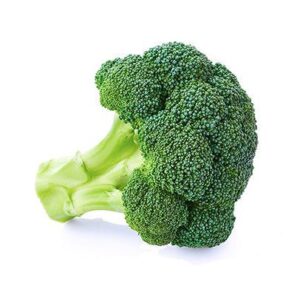
Broccoli isn’t only vitamin; it is also rich in selenium, particularly when steamed or lightly fried.
Selenium Content: 2.5 mcg per cup (5% of RDI)
How to Use: Add it to stir-fried dishes or steam it in olive oil and garlic.
7. Mushrooms

Some of the vegetables include selenium-loaded shiitake and button mushrooms, which are good when taken with meals.
Selenium Content: Requirement: 12 mcg per 100 grams, which is 22% of RDI.
How to Use: Sauté alone as a vegetable or use it on pizzas, pasta, or omelets.
8. Spinach
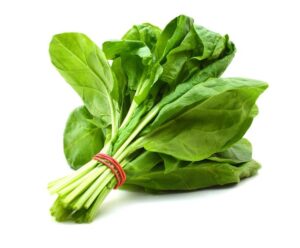
You get selenium nutritional value apart from iron, vitamin K, calcium, and many other nutrients when you take spinach.
Selenium Content: 1 mcg per cup (2% of RDI) How to Use: Include spinach in your smoothies, salads, and stir-fry meal preparations.
9. Whole Wheat Bread
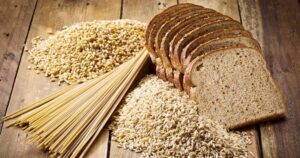
Selenium and fiber are easily included in your diet with a serving of whole wheat bread.
Selenium Content: 11 mcg per slice (20% of RDI)
How to Use: It is also used on sandwiches, toast, or croutons.
10. Oats
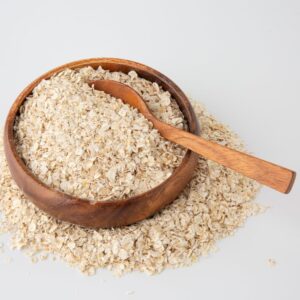
Oats are economical grains that are highly rich in selenium and many other nutrients.
Selenium Content: 13 mcg per cup (23% of RDI) How to Use: Make oatmeal for breakfast, and put oats into other recipes when baking.

